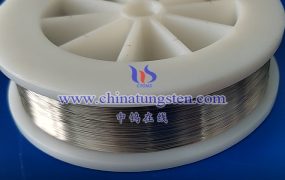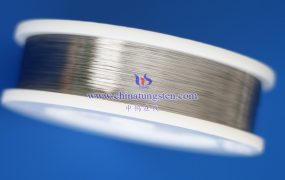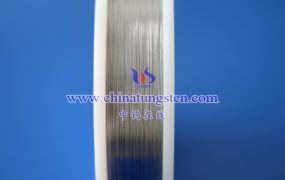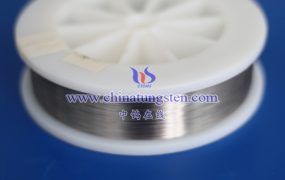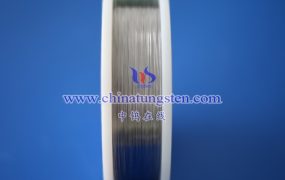The risk of tungsten wire oxidation in a halogen environment is relatively low, but not completely non-existent. The following is a detailed analysis of this risk:
- Basic conditions for tungsten wire oxidation
Tungsten wires easily react with oxygen at high temperatures to form tungsten oxide (WO₃). This reaction is one of the main reasons for the degradation of tungsten wire performance and shortened life. However, the occurrence of oxidation reactions requires certain conditions, including high temperature, the presence of oxygen, and sufficient reaction time.

- The effect of halogen environment on tungsten wire oxidation
The protective effect of halogen gas:
The halogen gas (such as iodine or bromine) filled in the halogen bulb can form a protective layer when the filament is working, reducing the direct contact between the filament and oxygen. This helps to reduce the risk of tungsten wire oxidation.
Halogen tungsten circulation mechanism:
The halogen tungsten circulation mechanism in halogen bulbs can capture evaporated tungsten atoms and redeposit them on the filament. In this process, halogen gas plays the role of a porter. At the same time, the presence of halogen gas also helps to reduce the oxidation reaction on the surface of the tungsten wire.
Oxidation rate at high temperature:
Although the halogen environment helps to reduce the risk of tungsten wire oxidation, at extremely high temperatures (such as exceeding the normal operating temperature range of tungsten wire), tungsten wire may still react with trace oxygen or other oxidizing gases in the halogen gas, resulting in an increase in the oxidation rate.
More details of tungsten wires, please visit website: http://tungsten.com.cn/tungsten-wires.html
Please contact CHINATUNGSTEN for inquiry and order of tungsten needles:
Email: sales@chinatungsten.com
Tel.: +86 592 5129595

